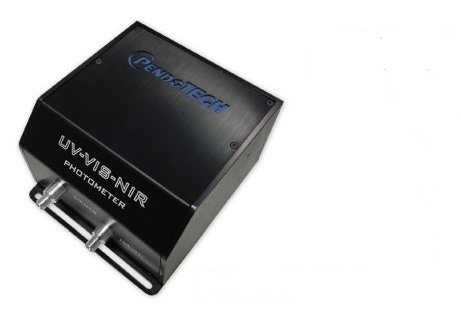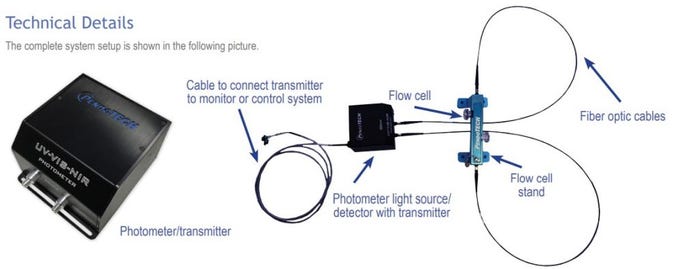Content Spotlight
Podcast: MilliporeSigma says education vital to creating unbreakable chain for sustainability
MilliporeSigma discusses the importance of people, education, and the benefits of embracing discomfort to bolster sustainability efforts.

PendoTECH has upgraded its single use turbidity measurement system to improve performance, dynamic range, and overall usability
September 1, 2020

Sponsored Content
PendoTECH has upgraded its single use turbidity measurement system to improve performance, dynamic range, and overall usability
Turbidity is the relative clarity of a liquid as the result of suspended solids in the liquid.
Turbidity measurements typically use a beam of light to detect the presence of particles by measuring the difference between the amount of light that is emitted from a light source and the amount that is received by a detector.
Measurements are affected by the size, shape, and number of particles in a sample of liquid as these solids scatter the incoming light, which creates an apparent absorbance that is measured by the detector.
In bioprocess operations, the turbidity of the liquid is often measured to monitor unclarified material leaving a bioreactor or fermentation vessel. It is also commonly used as an analytical tool for assessing filter performance.
Turbidity measurements are made post-filtration to detect ‘break through,’ or undesired materials coming from a filter, which may indicate the filter is losing its retention capacity. In conjunction with pressure measurements, turbidity monitoring can be used to provide an overall assessment of filter performance.
Presently, turbidity measurements are generally made through off-line sampling. However, this is inefficient and often disruptive to the bioprocess. Conversely, PendoTECH’s Single Use Turbidity measurement system takes on-line measurements, allowing users to monitor turbidity in real time. Additionally, the system utilizes a single use flow cells, which enables measurements to be made non-invasively (no physical product contact) and eliminates typical maintenance requirements, such as calibration or cleaning. However, the single use flow cells are also robust enough that they can be repeatedly cleaned and re-used, making PendoTECH’s Turbidity System suitable for both process development and manufacturing applications.

Figure 1: PendoTECH Turbidity System setup
The PendoTECH Turbidity System (Figure 1) is a compact photometer equipped with an 880nm light source and fiber optic cables that connect to a flow cell stand which houses the single use turbidity flow cell. The system utilizes “forward light scattering” to measure turbidity, which means it detects the scattering of light that passes straight through the sample.
Recently, PendoTECH has made significant upgrades to this system that have improved its performance, dynamic range, and overall usability. One aspect of the upgrade is an advanced photometer, which has an enhanced response and improved accuracy, an illuminated indicator that indicates the status of the device, and the ability to read up to 3.00AU. The corresponding turbidity range, in Nephelometric Turbidity Units (NTUs), depends on the flow cell and its path length. For example, PendoTECH’s 6.5cm flow cell is excellent for low turbidity applications as its reads in the range of 0 to 425 NTUs. Meanwhile PendoTECH’s 0.5cm flow cell is better suited for high turbidity applications as it has a larger dynamic range of 0-4000 NTUs, but at the cost of lower resolution.
The addition of a flow cell stand is also a crucial aspect to this upgrade. The stand makes PendoTECH’s turbidity system much more convenient for use as flow cells are essentially “dropped” into place, thus enabling them to be swapped in and out of the system with ease. The stand also acts as a barrier ambient light, which ensure it cannot impact the readings. Lastly, this stand can be set atop a lab bench or panel mounted, making it accessible for most applications.
Ultimately, with these improvements PendoTECH’s Single Use Turbidity system is an efficient solution for monitoring turbidity in real time, which make it a valuable tool for many bioprocess applications, especially analyzing filter performance.
You May Also Like